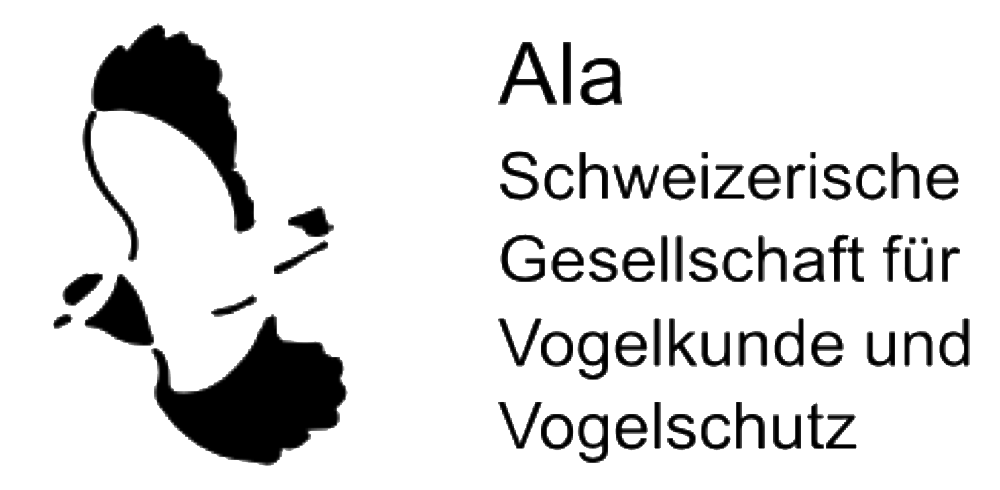Artikel-Suche
einfache Suche | erweiterte Suche
Autor(en)
Susanna Meyer
Titel
Brutverhalten von zwei Mauerseglerpaaren Apus apus in Laufen in der Nordwestschweiz.
Jahr
2024
Band
121
Seiten
348–359
Key words
(von 1994 bis 2006 vergeben)
(von 1994 bis 2006 vergeben)
Schlagwort_Inhalt
Brutbiologie, Wetter, Aggressivverhalten, Konkurrenz, Nistkasten, Nestkamera, Nestaufnahmen
Schlagwort_Vogelart
(wissenschaftlich)
(wissenschaftlich)
Apus apus, Falco tinnunculus
Schlagwort_Vogelart
(deutsch)
(deutsch)
Mauersegler, Turmfalke
Schlagwort_Geogr.
Laufen, Basel-Landschaft, Jura
Sprache
deutsch
Artikeltyp
Bericht
Abstract
Breeding behaviour of two pairs of Common Swifts Apus apus in Laufen in north-western Switzerland – Recordings from external and internal cameras in nest boxes provided insights into the breeding activities of two pairs of Common Swifts in the breeding season 2020 in Laufen (canton of Basel-Landschaft) in north-western Switzerland. It was possible to distinguish between the five adult birds present based on small features in their plumage or the presence of a ring, which allowed a detailed analysis of the birds’ presence in the nest boxes and of their feeding behaviour. Both pairs successfully raised three young. On cool and rainy days, the adults stayed in the nest box longer in the morning or did not fly out at all, or only briefly. A total of eight approaches by a Common Kestrel triggered strong reactions from the breeding birds present: They stayed in the nest box significantly longer afterwards, before setting off on their next foraging flight, than when they flew in before or after the approach by a Kestrel. During the incubation period, both adults of a pair were present for similar lengths of time, and the feeding rate was also similar for males and females. Entries by other Common Swifts into unoccupied boxes were usually brief. In one of the two nest boxes equipped with a camera, a new male returned a few days earlier than the previous year’s breeding pair and then displaced the previous year’s male in a five-hour battle when the pair arrived. Together with the previous year’s female, he then formed a pair and they began to breed together. However, in the middle of the breeding season, the previous year’s male managed to take over the nest box and chase away the new male (the presumed father of the young). The young birds were between 10 and 12 days old at this time. For the next 10 days, the previous year’s male initially did not participate in feeding the young. The female compensated for this by significantly increasing the number of feedings for several days. This suggests that it is possible for a single adult Common Swift to provide three young with sufficient food when the breeding partner is absent, at least in good weather conditions.
PDF Dokument (öffentlich)
PDF Dokument (registrierte Mitglieder)












